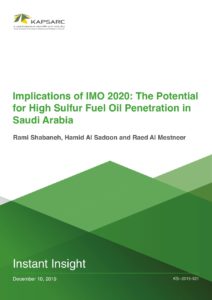Hamid leads KAPSARC’s Oil Market Outlook (KOMO) quarterly reports. He focuses on all aspects related to short- and long-term energy forecasting, covering a wide array of topics including demand, prices, inventories, etc. Prior to joining KAPSARC, he worked for three years in corporate planning at Saudi Aramco as an analyst. Between 2012-2016, Hamid was a negotiator for the Saudi climate change team at different United Nations bodies, covering various topics under the Paris Agreement, such as adaptation, transportation, etc. He negotiatied on behalf of the Kingdom at the UNFCCC, Montreal protocol, UNEP, IPCC, ICAO, among others.






